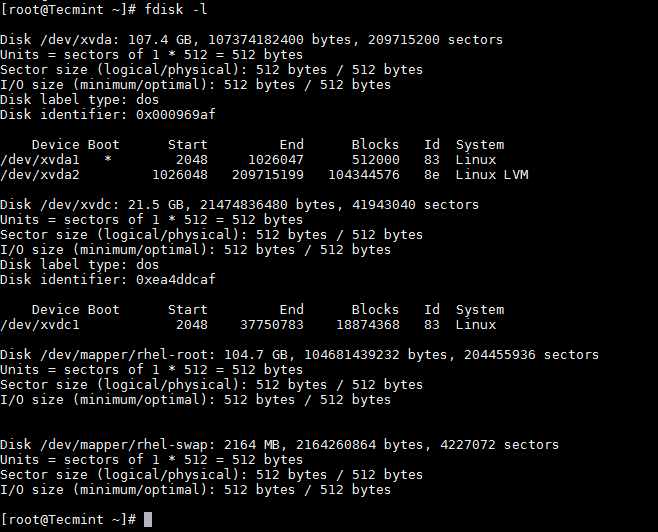

:) Seriously, I'm running on Zentyal at my office at the moment, but I've been through Smoothwall, pfSense, ClarkConnect, IpCop, IPFire, etc etc etc. True regarding the opensource firewalls distros.Įxcept I've been through ALL of THEM. No doubt there is probably more if you have a good google. I haven't tested any but Wikipedia has a list of starters. Have you posted on their forums?īut TBH unless there is a compelling reason, personally I'd be looking about for an opensource product that does the same thing thgat does support hacking etc. It seems quite closed and as such I'd suspect that the only way you will be able to do what you are hoping to is with the help and/or support of the makers/community. The fact that searching/scanning the website, forum and wiki resulted in no idea on what the OS is based on or what sort of licence it's under doesn't bode well (although perhaps I'm wrong). It may even also work on Debian - but perhaps not.Ī quick scan of the second link you provided suggests that that particular version is a mishmash of 2 old versions of Debian but I couldn't quite work out what the go was with the new version. This tutorial works with TKL and I would imagine any Ubuntu or Ubuntu based distro. Tklpatch-prepare-cdroot turnkey-core.rootfs/ turnkey-core.cdroot/Įver needed to package a VM as a distributable ISO? Post a comment!
#Linux view partition table of vmdk iso
If you want to include the TurnKey bootsplash and bootmenu, extract the cdroot from a TurnKey ISO and tell tklpatch-prepare-cdroot to use it as a template. Tklpatch-prepare-cdroot turnkey-core.rootfs/īonus: By default the ISO will boot automatically. GOTCHA 2: If your VM uses a kernel optimized for virtualization (like the one included in the TurnKey VM builds), you need to replace it with a generic kernel, and also remove vmware-tools if installed.ĭpkg -purge $(dpkg-query -showformat='$\n' -W '*-virtual')įinally, prepare the cdroot and generate the ISO. Rsync -a -t -r -S -I turnkey-core.mount/ turnkey-core.rootfsīecause the VM is an installed system as opposed to the ISO, the file system table needs to be updated. Now, make a copy of the root filesystem and unmount the loopback. Mount /dev/mapper/$(basename $loopdev)p1 turnkey-core.mountĮxtract root filesystem and tweak for ISO configuration # p1 refers to the first partition (rootfs) Loopdev=$(losetup -s -f turnkey-core.raw) You will need kpartx to setup the mappings. You'll need to setup the loop device, partition mappings and finally mount the rootfs partition.

GOTCHA 1: If your VM has partitions, it's a little tricker. Mount -o loop turnkey-core.raw turnkey-core.mount

Next, mount the raw disk as a loopback device. Qemu-img convert -f vmdk turnkey-core.vmdk -O raw turnkey-core.raw If you are using a different virtualization platform such as Virtualbox, see this post on converting a VDI to a raw image.
#Linux view partition table of vmdk how to
I'll show how to convert a VMWare VMDK image into raw disk format. If you are not using a TurnKey installation, see the TKLPatch installation notes. I suppose that's a good enough reason, so lets get to it.Ĭonvert VM disk to raw image and mount itįirst we need to get qemu-img, a tool bundled with qemu (KVM's virtualization backend) to convert the VM disk to a raw image, and TKLPatch, the TurnKey customization mechanism to package the ISO. Good question, the answer for Conor Fox (who was the inspiration for this post - thanks Conor!) was to distribute his customized TurnKey PostgreSQL image so others could use it.ĭistributing an ISO as opposed to a VM image allows it to be installed on any virtualization platform, as well as on bare metal, with the added bonus of running live. Why would anyone in their right mind want to convert a VM into an ISO?


 0 kommentar(er)
0 kommentar(er)
